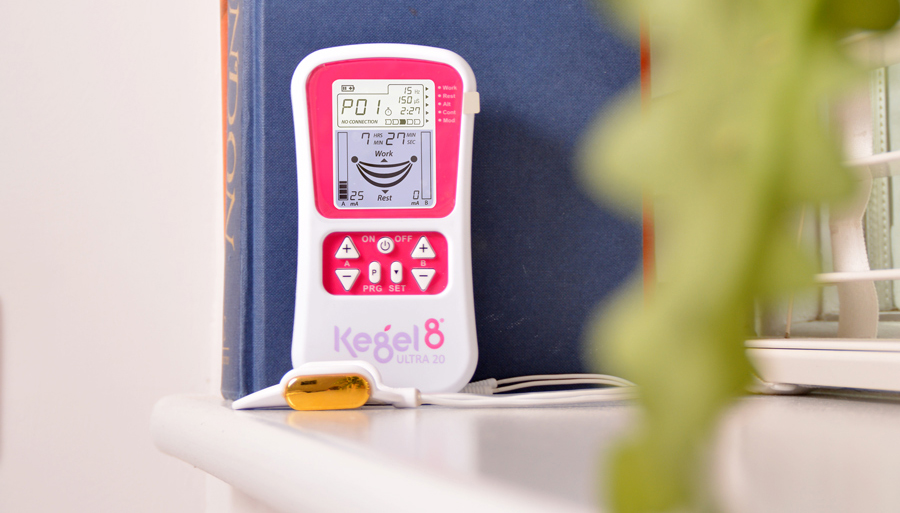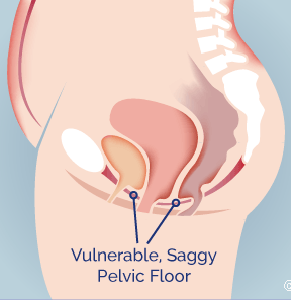Postpartum Prolapse
Postpartum prolapse, also known as pelvic organ prolapse after childbirth, refers to the descent or displacement of pelvic organs, such as the uterus, bladder, rectum, or vaginal walls, after giving birth. This condition occurs due to the weakening of the pelvic floor muscles and connective tissues during pregnancy and childbirth. Childbirth, especially vaginal delivery, can put significant strain on the pelvic floor muscles and the supporting structures. The process of pregnancy and childbirth can stretch and weaken these muscles, making them less able to provide adequate support to the pelvic organs. As a result, the organs can sag or bulge into the vagina or other adjacent areas.











